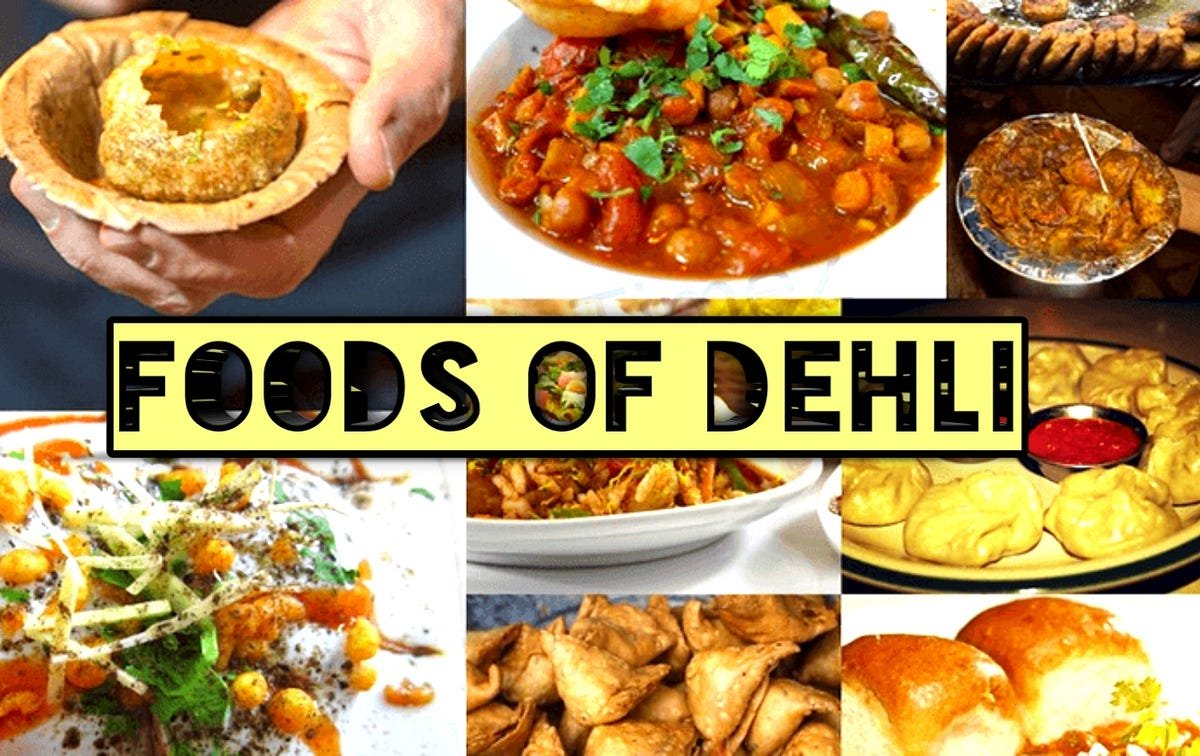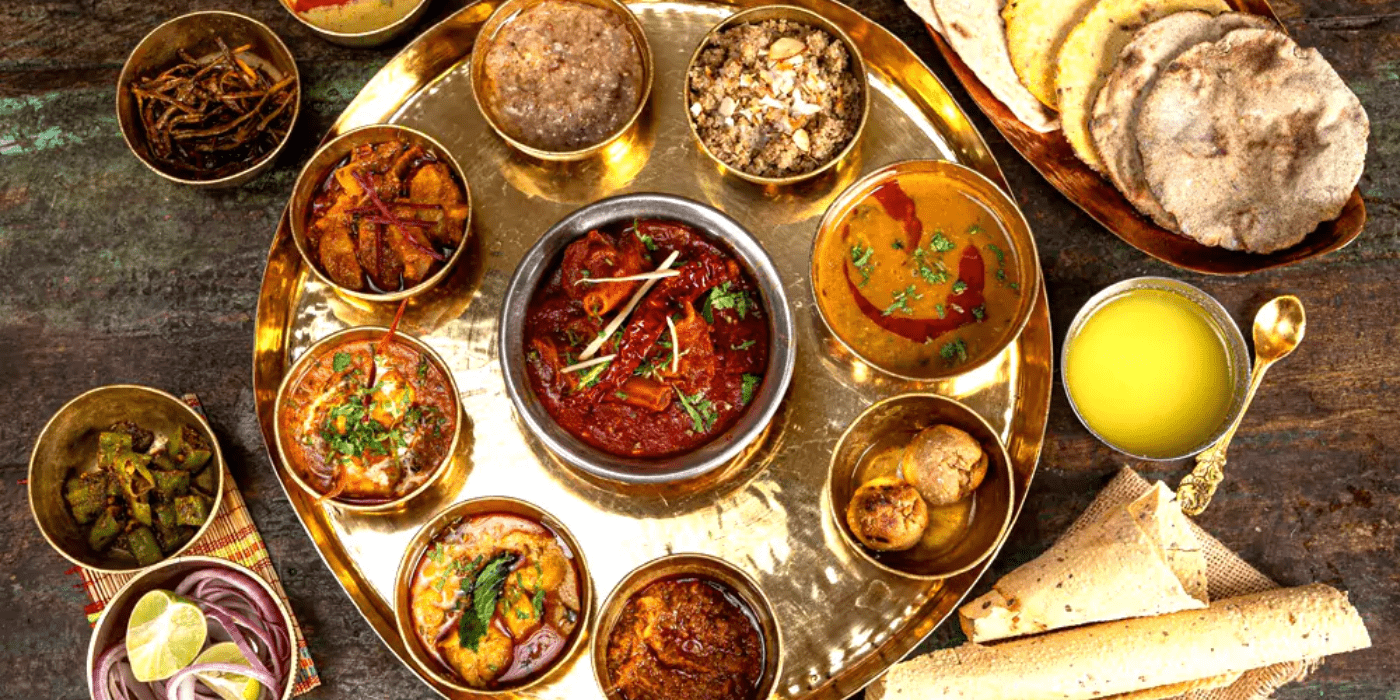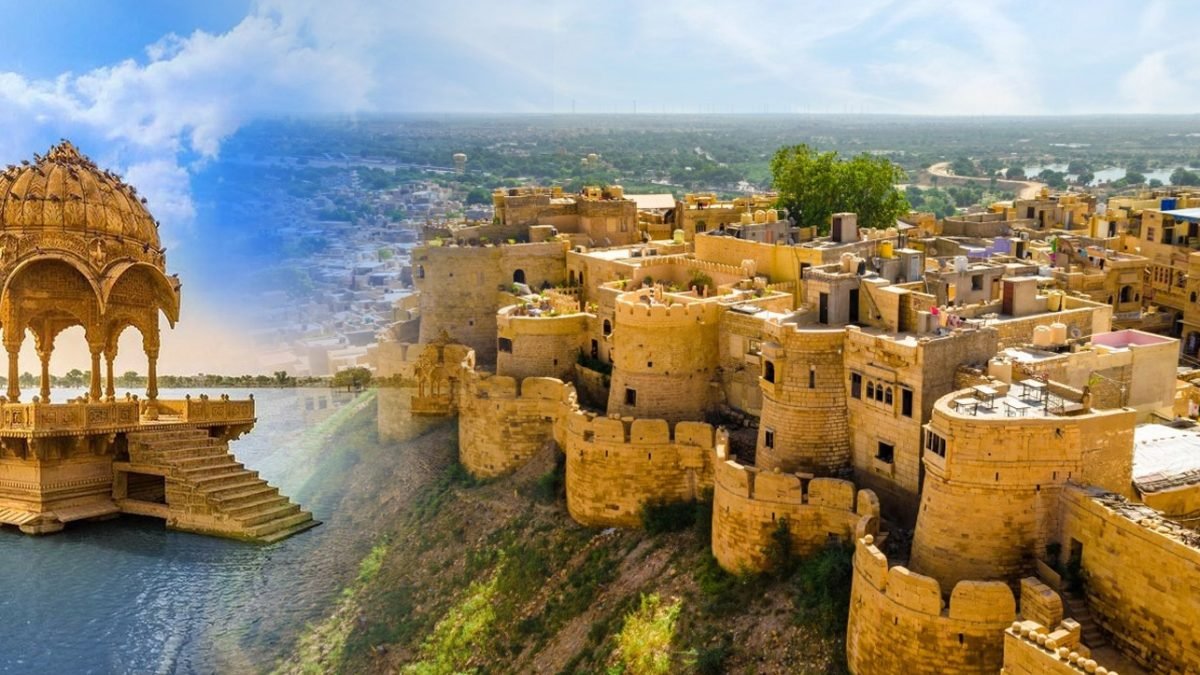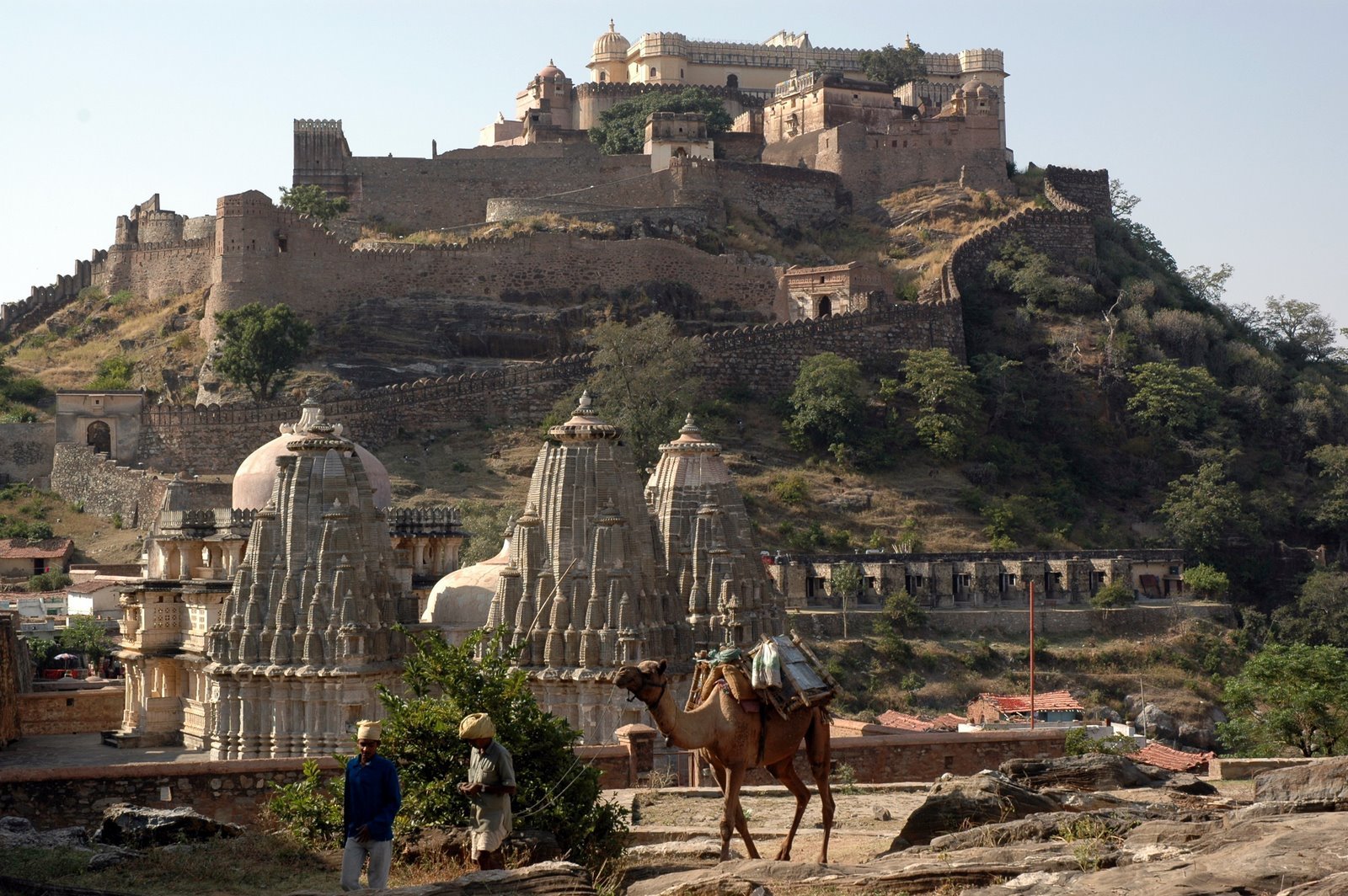Stepping into Chandni Chowk is like stepping back in time. The chaotic charm, centuries-old shops, and timeless aromas make it a sensory adventure. But hidden within this iconic Old Delhi district lies one of the capital’s most storied culinary lanes—Paratha Gali, or as it’s better known, Paranthe Wali Gali Old Delhi. This narrow, bustling alley offers more than just food; it offers a taste of Delhi’s deep-rooted culture and traditions, preserved through generations of spice, flavor, and hospitality.
For those craving more than just sightseeing, Rasrover offers a curated delhi food walk tour that lets you dive deep into this edible history. The tour isn’t just a stop-and-eat—it’s an experience built on stories, textures, and conversations that connect you directly to the soul of the city.
A Bite into History: The Legacy of Paratha Gali
Paranthe Wali Gali isn’t just another food street. It’s a heritage landmark. With roots tracing back to the 1870s, the shops here have served everyone from freedom fighters to Bollywood legends. Generations of families have preserved age-old recipes without caving into modern-day shortcuts. That’s what gives this street its cultural importance—it’s a living museum where food tells the story.
Each paratha here is hand-rolled, stuffed with inventive fillings from the classic potato or cauliflower to the unique banana, khoya, or even green chili. They’re shallow fried in ghee until golden, giving them that signature crisp bite with a soft interior. Served with tangy chutneys, pickles, and curd, it’s not just a meal—it’s a culinary celebration.
Exploring Paratha Variants: From Classic to Curious
What makes the parathas of this lane different is their sheer variety and creative stuffing combinations. While aloo, paneer, and gobhi are staples, more adventurous options such as cashew-nut, rabri, or lemon add an unexpected twist. Each paratha is made without onion or garlic, staying true to the Baniya community’s dietary customs.
Some parathas to try:
- Methi Paratha – Slightly bitter, aromatic, and best with sweet tamarind chutney
- Mixed Veg Paratha – A balanced blend of mashed seasonal vegetables
- Papad Paratha – Crunchy and spicy, offering a unique contrast in texture
- Sweet Rabri Paratha – A dessert disguised as dinner
These combinations speak volumes about the creativity of Old Delhi’s food culture—always evolving, yet deeply respectful of tradition.
The Vibe of Chandni Chowk: Where Chaos Meets Charm
Beyond the food, what makes eating at Paratha Gali unforgettable is the atmosphere. Rickshaws squeeze through narrow alleys, vendors chant their offerings, and the smell of ghee wafts through the air. It’s loud, vibrant, and alive. While the setting may lack polished interiors or five-star service, the hospitality is warm and heartfelt. Locals treat you not just as customers but as guests in their culinary legacy.
What further elevates the experience is the mixture of people you’ll meet—foreign tourists, nostalgic Delhiites, and curious first-timers, all bonding over a shared table and hot parathas.
Paratha as a Cultural Icon
The paratha, though simple in form, plays a big role in North Indian culinary history. It has moved from household kitchens to royal thalis and now to iconic food streets like this. What Paranthe Wali Gali does is immortalize this humble bread in the heart of the capital. Each vendor brings his twist, yet the essence remains unchanged—flavor that resonates with memory.
The process of ordering, waiting, and devouring food here becomes a performance. There are no menus; just verbal suggestions, quick exchanges, and piping hot plates sliding out of narrow kitchen doors. This no-frills service keeps the focus where it belongs—on the food and the stories it holds.
A Walk Worth Taking: Curated Food Journeys
If you’re not sure how to begin exploring Old Delhi’s culinary wonders, a guided tour is your best bet. Local guides, like those from Rasrover, walk you through the winding lanes, giving cultural context, personal anecdotes, and behind-the-scenes stories that make each bite richer. A well-designed Best Street Food in Delhi guide ensures you don’t just eat, but understand what you’re eating.
This adds layers to the experience—turning an ordinary food walk into an insightful journey. It’s the kind of exploration that aligns perfectly with Google’s E-E-A-T principles: local knowledge, lived experience, and firsthand insights paired with trustworthy guidance.
Tips for Visiting Paratha Gali
Here are a few suggestions to make the most of your Paranthe Wali Gali visit:
- Go early or late – Midday hours can be extremely crowded. Try reaching just after the shops open or closer to closing time.
- Bring cash – Most vendors operate on cash-only systems.
- Be patient – Waiting for a seat is common, and part of the experience.
- Stay hydrated – The food is rich and filling; having water or sweet lassi helps balance the spices.
- Keep an open mind – Some flavors may surprise you, but that’s the beauty of it.
Final Thoughts: Why This Experience Matters
Visiting Paranthe Wali Gali is more than just a meal—it’s a taste of living history. It reflects how deeply food is intertwined with identity, heritage, and place. Whether you’re a local revisiting childhood memories or a first-time traveler discovering Delhi’s layers, this alley has something to offer.
The flavors, the stories, and the bustling streets leave you with more than just a full stomach—they leave you with a connection. A connection to Delhi’s past, its people, and its culinary heart.




